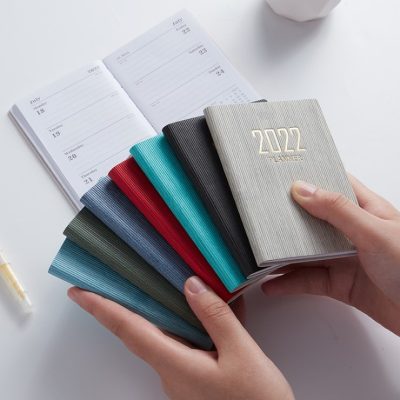Printing is often seen in life, and it is also a widely developed industry in our lives. Paper is an indispensable item in printing and an important factor related to printing quality. Therefore, understanding the type and quality of paper and other related information is also a necessary way to ensure printing quality. , then how should we distinguish the quality of printing paper? Let’s take a look at it together!
1. Audio check
The sound inspection is to shake or rub the paper by hand, and use the ear to listen to the sound to judge some properties of the paper. The strength of paper is often referred to as the “body bone” of the paper. When the paper with good “body bones” is squeezed with both hands and shakes up and down, the sound is relatively clear, while the sound of paper with poor “body bones” is relatively low. weak. The stronger the “body bone”, the louder the sound, and it is not easy to break under tension. The sound of paper made of different raw materials is also different. Generally, wood pulp paper is relatively crisp, straw pulp paper is more turbid, and cotton pulp paper is softer. ,
2. Reflected light head-up inspection
Lay the paper flat on the inspection table or on the desktop, and observe the color, whiteness, flatness and smoothness of the paper with the naked eye at a distance of about 30cm from the paper surface by means of reflected light. Pay attention to checking the paper for dust, spots, holes, holes, folds, wrinkles, tears, rips, folds, dirty spots, seersucker, pulp lumps, and other hard lumps.
When observing, the eyes should be facing the plane of the paper. Generally, it is carried out under the illumination of ordinary indoor light, and it is not suitable to use strong light or direct sunlight. It can also be observed with the aid of a magnifying glass if necessary.
3. Perspective inspection
Look at the paper against the light source (or on the glass with a reflector), let the light pass through the paper, and observe the quality of the paper with the naked eye. Check the quality of the paper by looking at the uniformity and opacity of the paper fiber structure. Check the uniformity and opacity of the fiber structure of the paper, and check whether the paper has “clouds”, transparent spots, dirty spots, holes and streaks with uneven light transmission.














